A snowy adventure in Furano
The city in Hokkaido boasts enough powdery snow to rival Niseko, but there is so much more to discover beyond the slopes
THE SNOW WAS GENTLY FALLING when we arrived in Furano close to midnight. But the skies had cleared by morning, leaving behind a fluffy white landscape waiting for us to dive in.
It’s no wonder that the city’s claim to fame is its powdery snow, considered among the lightest and driest in Japan, and making it a rival ski destination to that all-time favourite among Singaporeans, Niseko.
But while Furano – a two-hour drive from Sapporo’s New Chitose Airport – may be known for its ski slopes, we soon discover that there is a lot more to this city in the heart of Hokkaido prefecture than that.
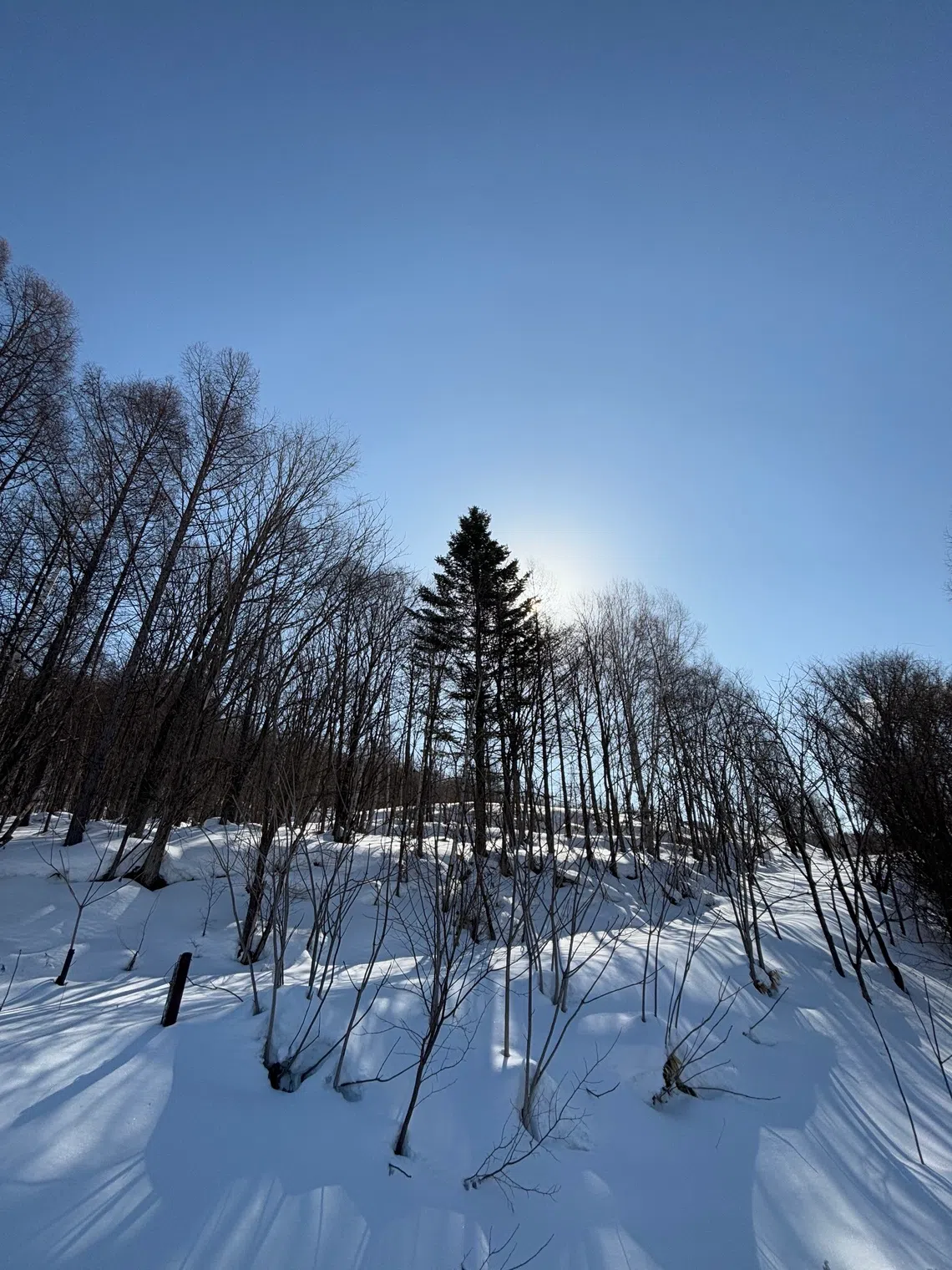
Icy playground
Our base is the contemporary Nozo Hotel, conveniently located near the slopes. The Furano Ski Resort has two main zones, Kitanomine and Furano, connected by a series of peaks. The diverse range of trails makes it accessible to everyone from novices to advanced skiers and snowboarders.
For the more sedentary visitors, Nozo Hotel curates activities that offer a taste of local life and nature at a gentler pace.
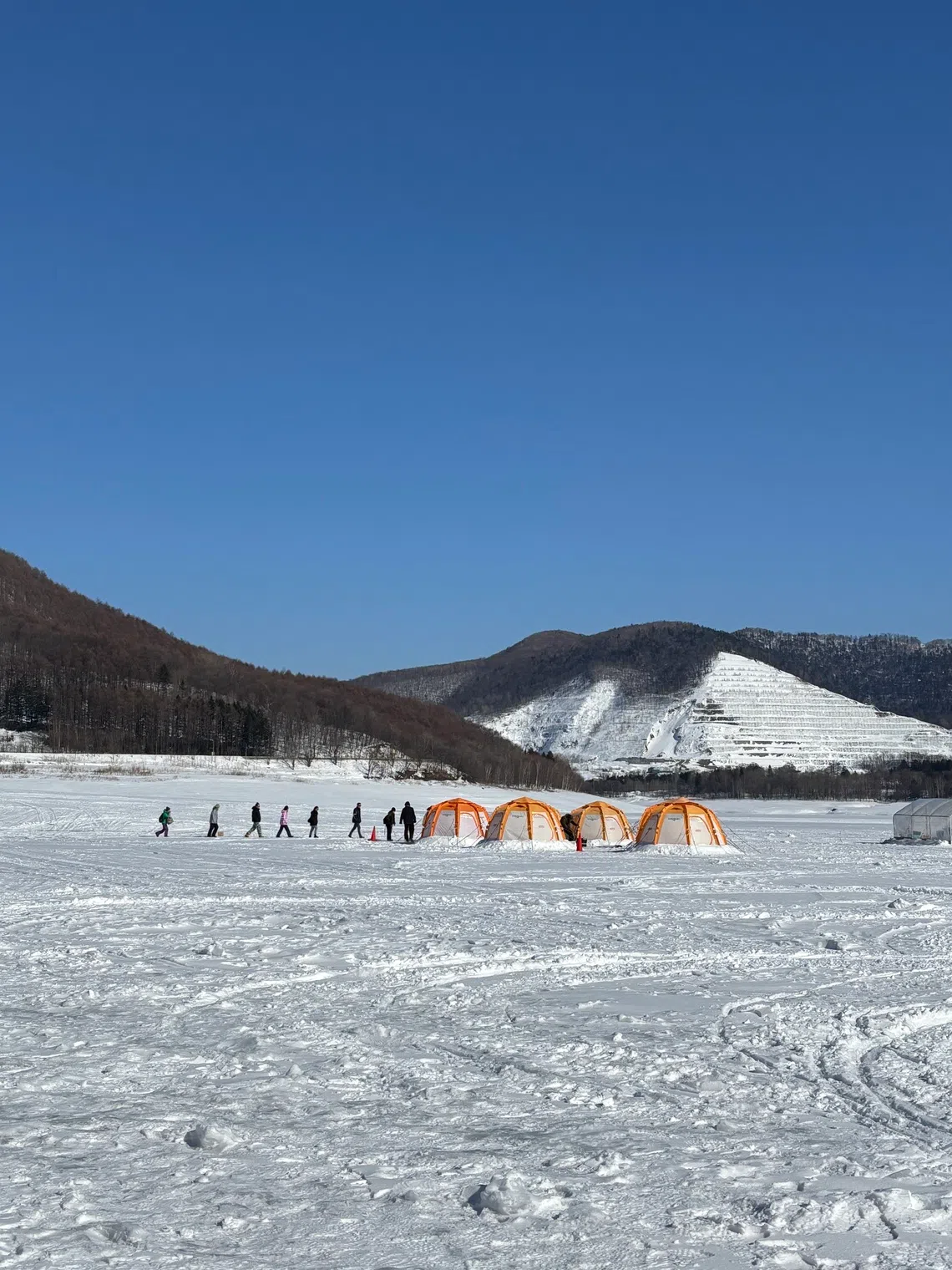
One morning, we head to Lake Kanayama for ice fishing – specifically for wakasagi, a species of smelt native to Hokkaido. Our guides lead us to the frozen lake and usher us into one of the heated tents. Seated on tiny stools, we lower our fishing lines through pre-drilled holes and patiently wait for a tug.
You might catch several tiny wakasagi or none at all – but that’s part of the fun. The guides show us some fishing techniques, and before we know it, we’re all munching on tempura of freshly caught smelt.
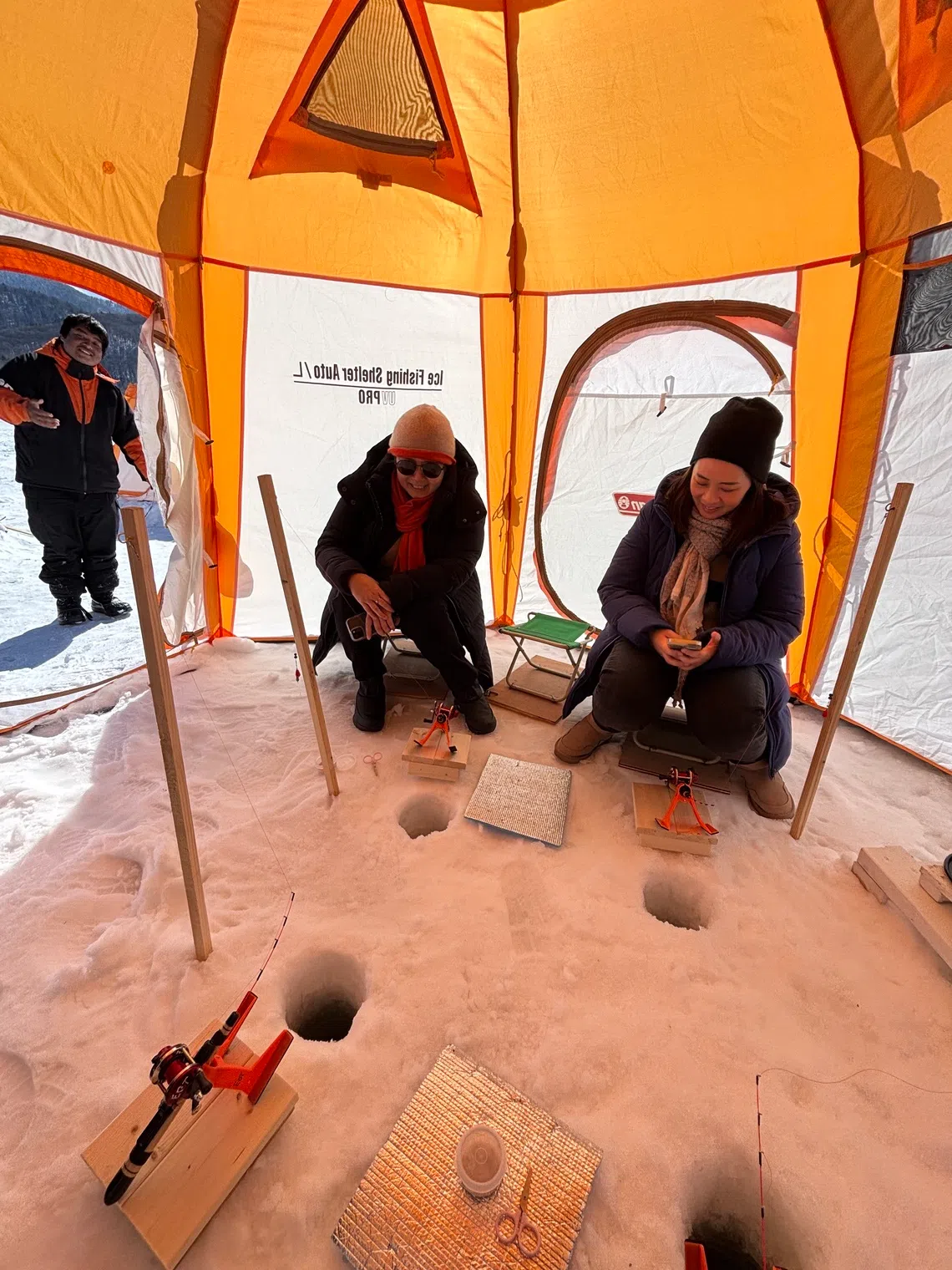
Another highlight of our visit is a “snow picnic”, a guided snowshoe trek through serene, white-blanketed forests. You can think of it as forest bathing, but in deep snow. Along the way, our knowledgeable guide, Toshihiro Kato of Wokkys Outdoor Tours, points out the tracks of animals ranging from deer to foxes (which he notes walk like models on the runway).
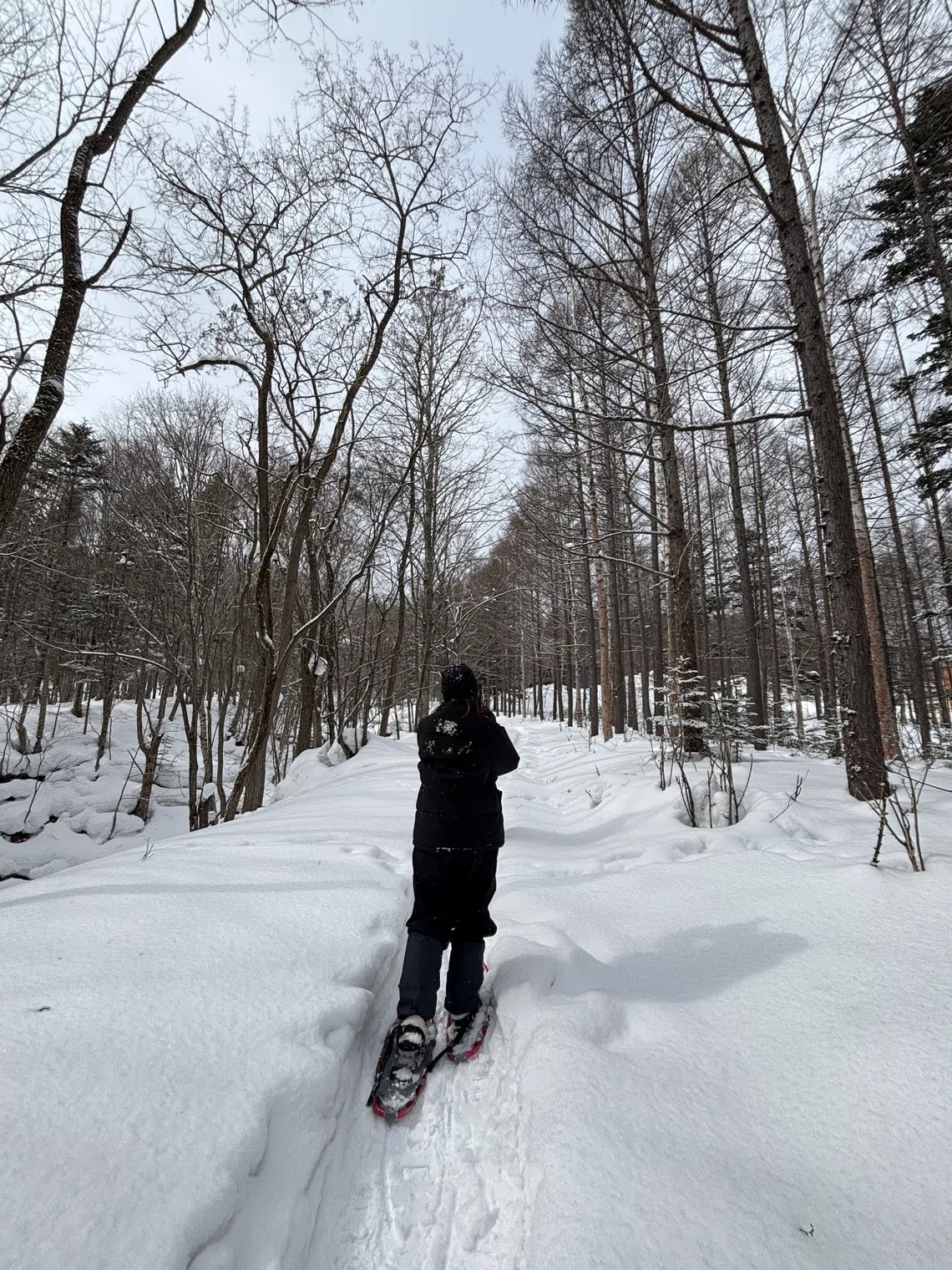
We even spy bear claw marks etched into tree trunks – the deep grooves are left behind when they climb trees to feast on berries, then slide down.
We also learn about the different uses for Hokkaido’s white birch trees, or shirakaba. When burnt, the bark releases fragrant oils, while the sap is harvested for traditional medicine. Tea can also be made from the root bark.
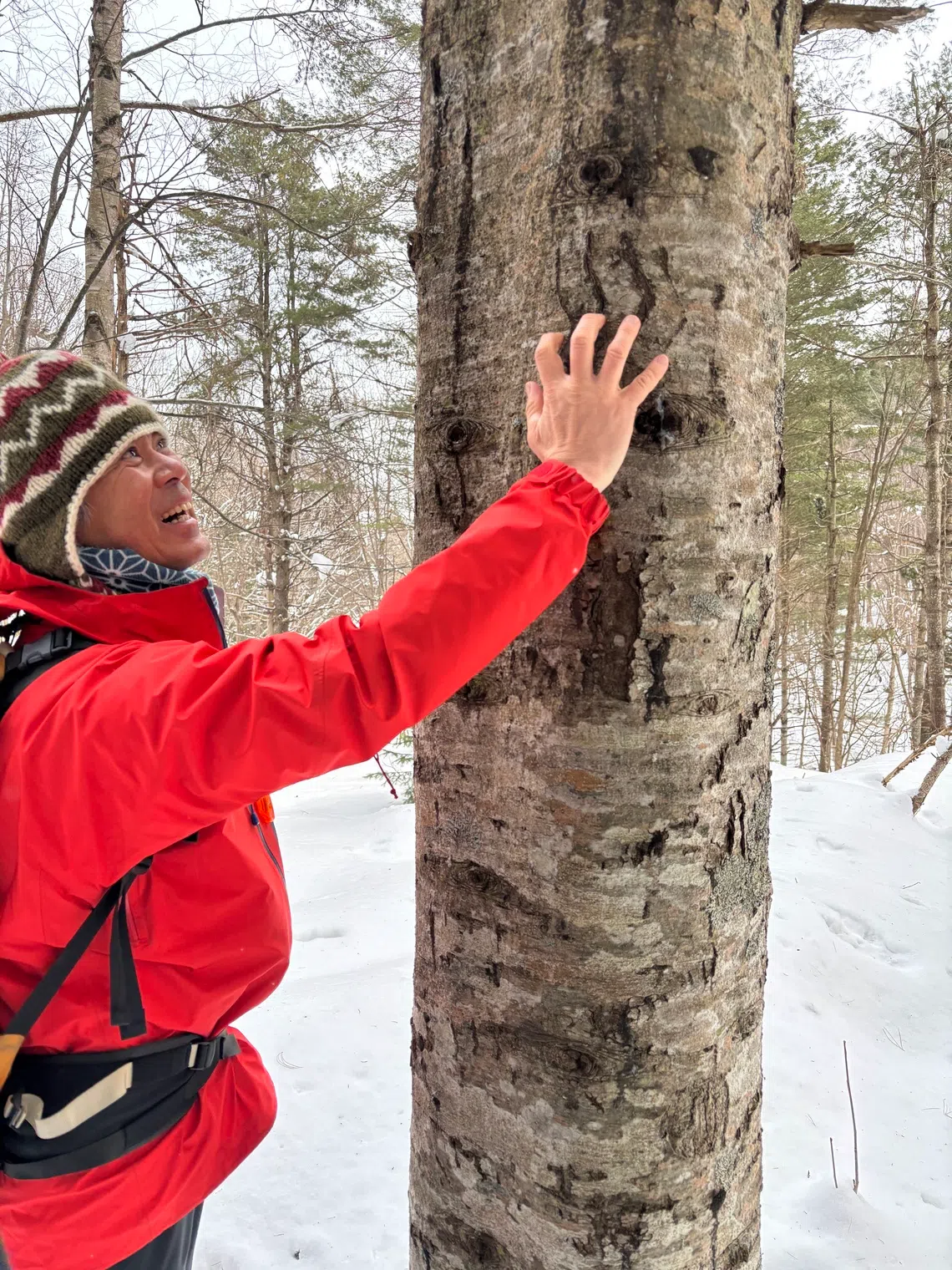
At the end of the journey, we sink into the pillow-soft snow and enjoy hot tea and homemade cookies prepared by Kato’s wife. We savour our snacks while soaking in the serenity of the land, snowflakes continuing to fall. It’s as if we’ve stumbled into Narnia, or at least Furano’s version of it.
On another morning, we’re off to harvest cabbage. Part of Furano’s agricultural heritage, the leafy vegetables are buried beneath the snow to heighten their sweetness and preserve freshness. At the 100-year-old Endo farm, we’re given shovels to dig up the vegetables, which are then lugged to a tented area.

There, we warm up with the farmers’ rendition of pot-au-feu: a bubbling pot of cabbage, sausages and potatoes (Furano is famous for its spuds).
Picturesque countryside
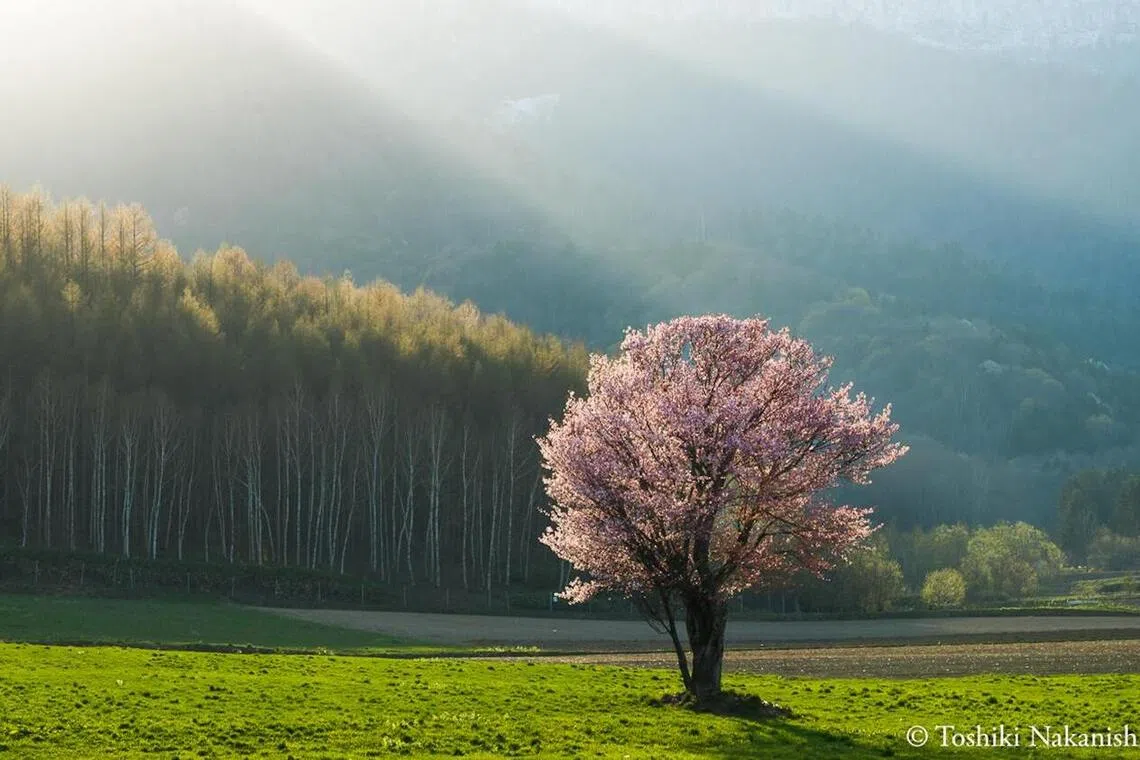
The beauty here is undeniable. On clear days, you’ll enjoy mountainous views in the distance. As we drive along the country road, we even spot families of wild deer galloping on the undulating terrain, and lone foxes trotting across the snow.
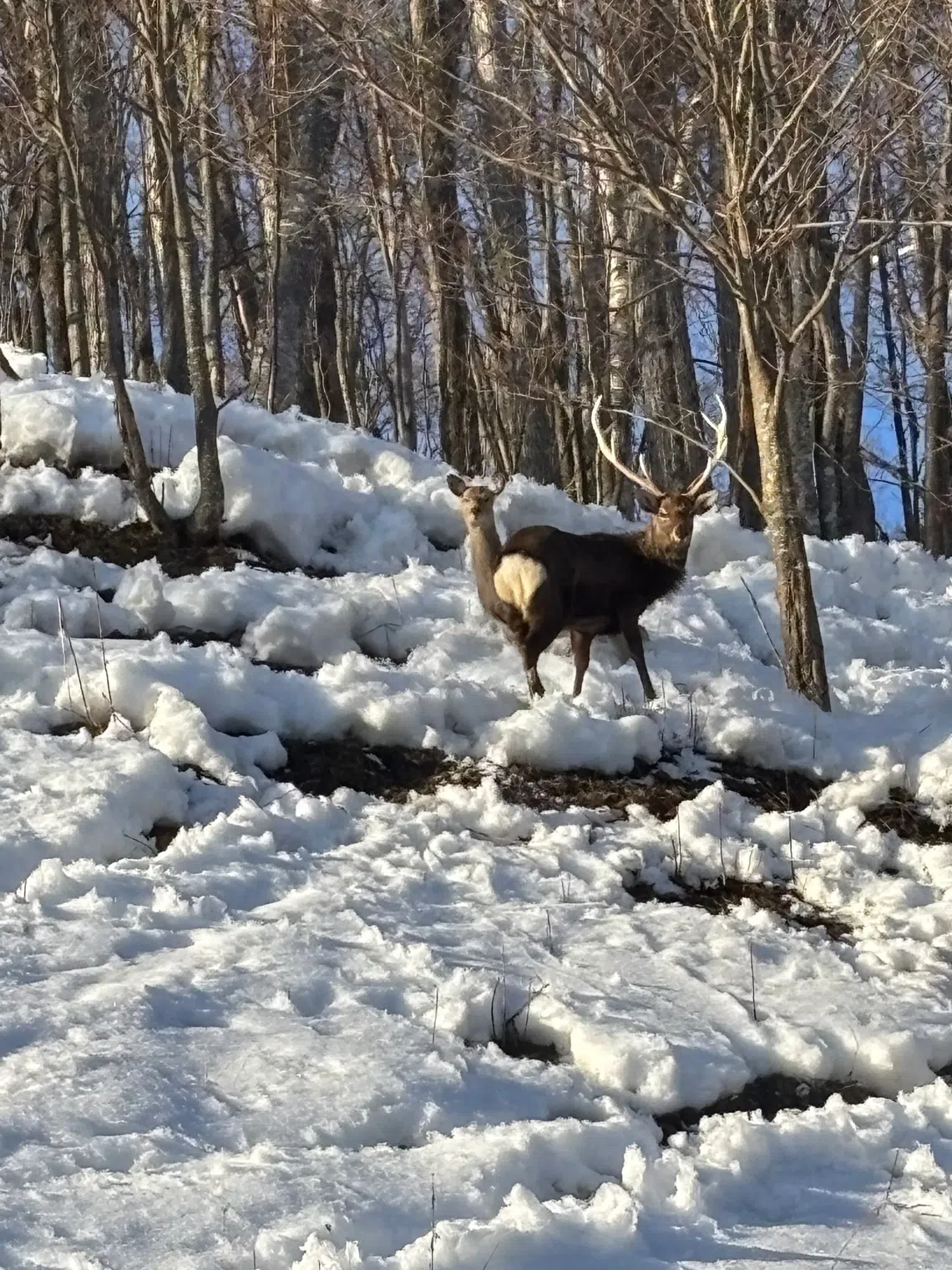
Kamigoryo in southern Furano is known for a solitary sakura tree standing in a vast field, waiting for its springtime bloom. The region happens to be one of the last places in Japan where the iconic flower blossoms – usually in early May.

But Furano’s charm also lies in its year-round appeal. When the snow melts, signalling the arrival of warmer weather, the land unveils fields blanketed with flowers. Summer sees lavenders bloom along with poppies, lilies and sunflowers.
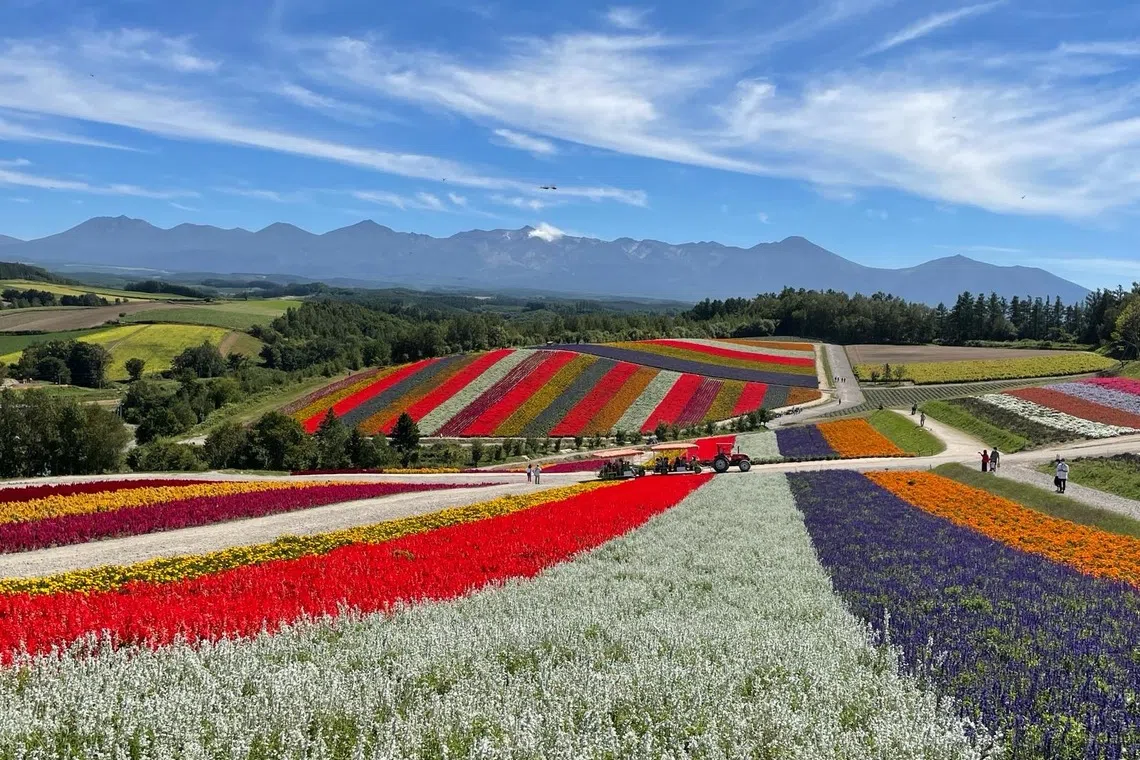
A taste of Furano
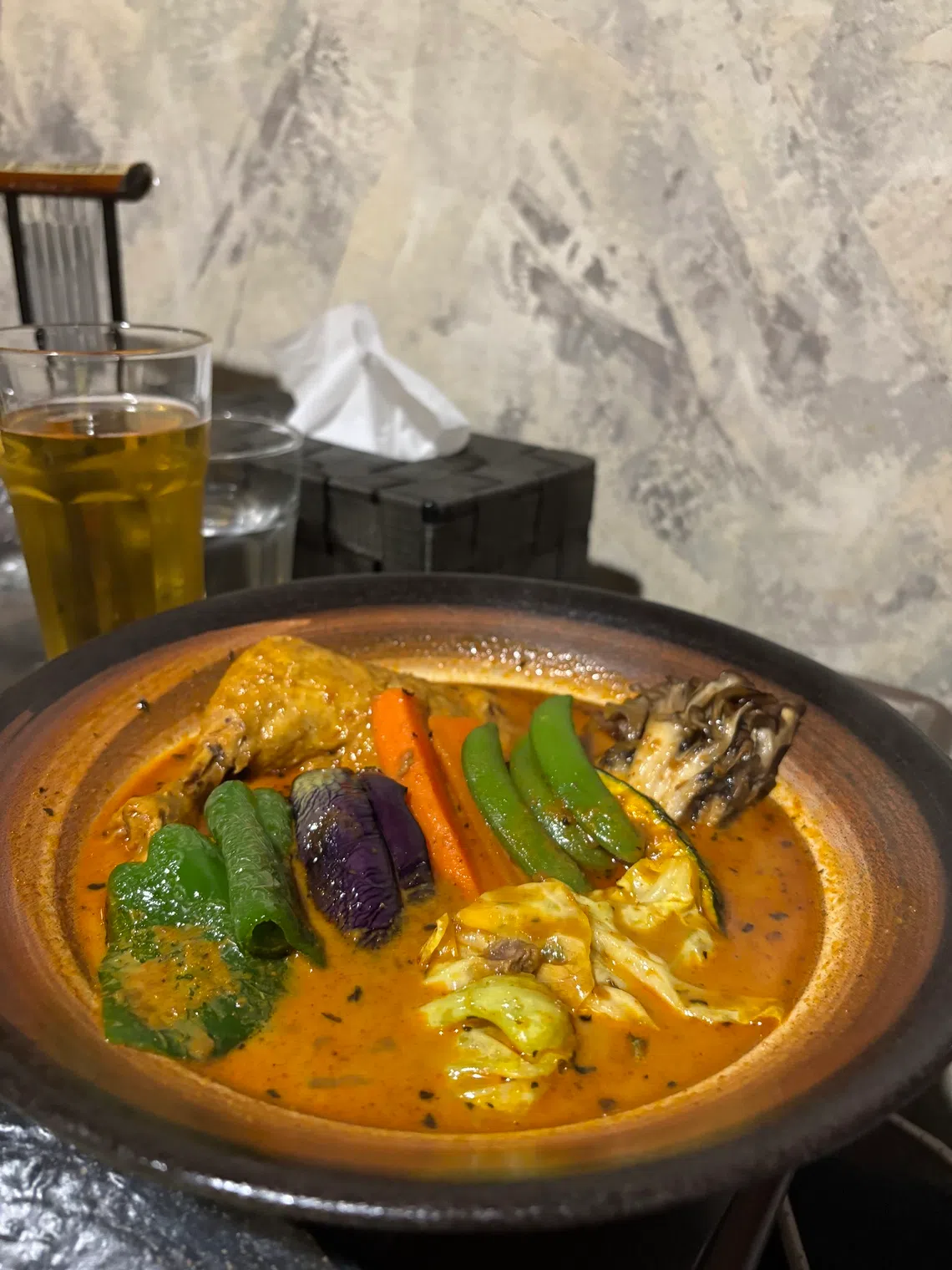
The city’s culinary offerings reflect the local farm-to-table culture – robust, unpretentious and ingredient-driven. Soup curry is a must-try. Furanoya Curry (1-46 Yayoicho) is known for its rich curry broth topped with eggplant, pumpkin and broccoli. You can adjust the spiciness and rice portions to your preference, and add tonkatsu or tempura to your order. Head there early, but bring cash, as cards are not accepted.
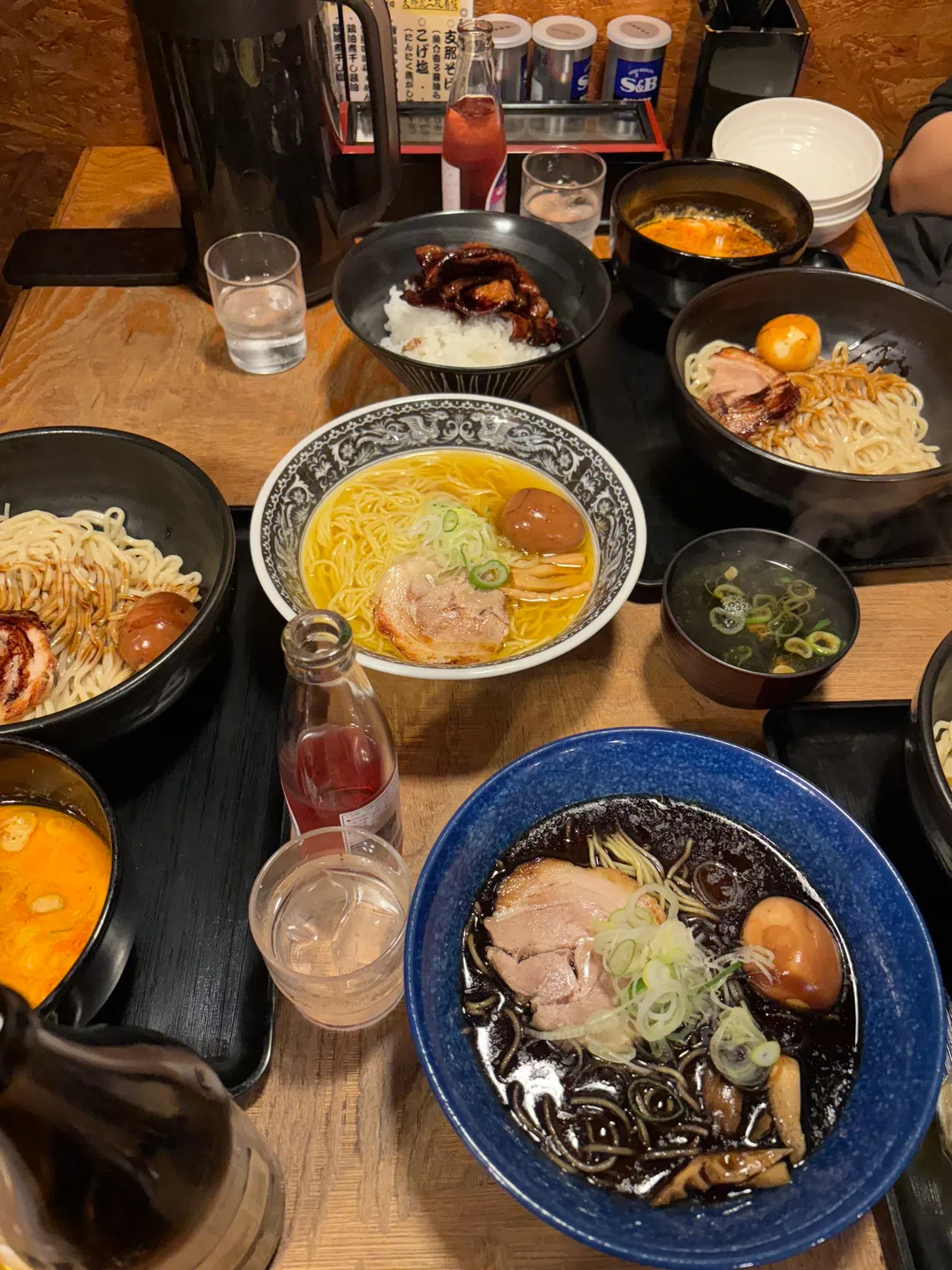
In cold weather, ramen is always a good idea. Ramen Shinatora (12-6 Saiwaicho) is another cash-only establishment, often with a queue outside. Popular options include the koge shio ramen redolent with smoky scorched garlic, and tsukemen noodles with dipping sauce.

Dining in Nozo Hotel’s Shirakaba Restaurant is a more refined affair, featuring Hokkaido seafood and farm-fresh produce from the Furano and Biei regions. Indulge in shabu-shabu simmering with thin slices of kamifurano pork, snow crab, or well-marbled Furano wagyu.
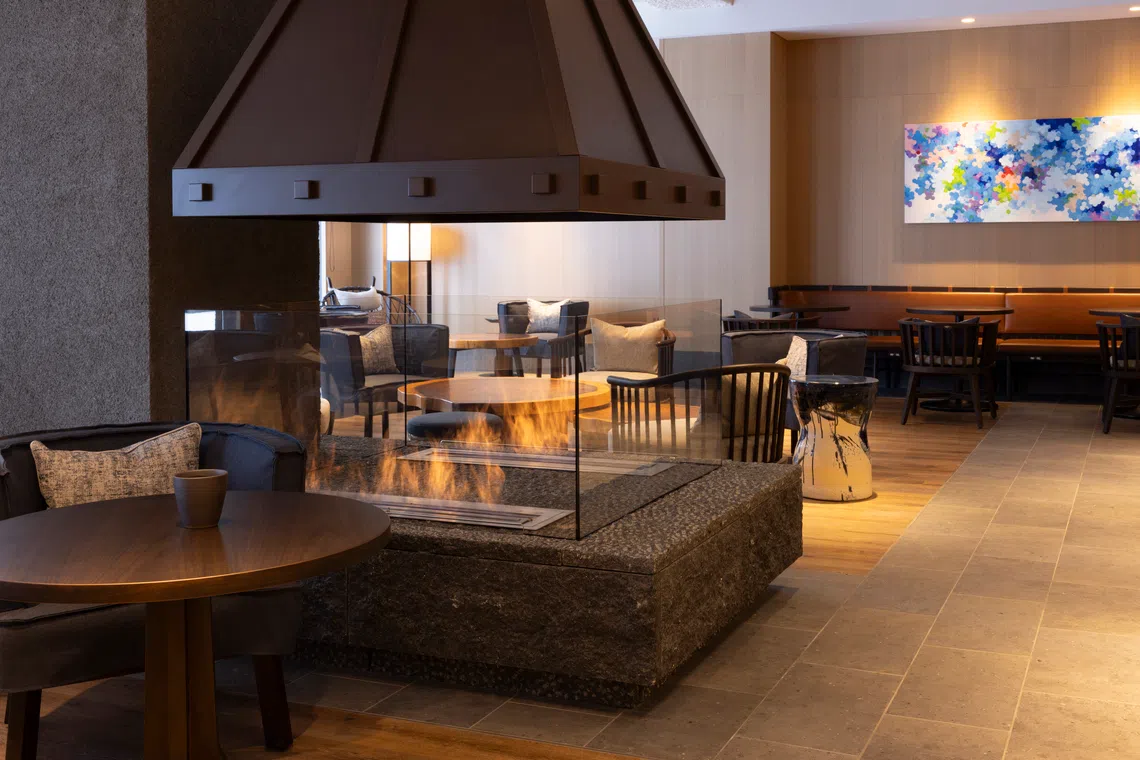
Alternatively, go for the teppanyaki menu, which features expertly grilled Tokachi Saibi beef fillet and Furano wagyu sirloin, paired with fine sakes. For a casual midday bite, the hotel’s Cou Cou Bakery rolls out buttery pastries, sandwiches and more. You can also treat yourself to what may well be the best Hokkaido milk (with dark chocolate) soft-serve ice cream ever.
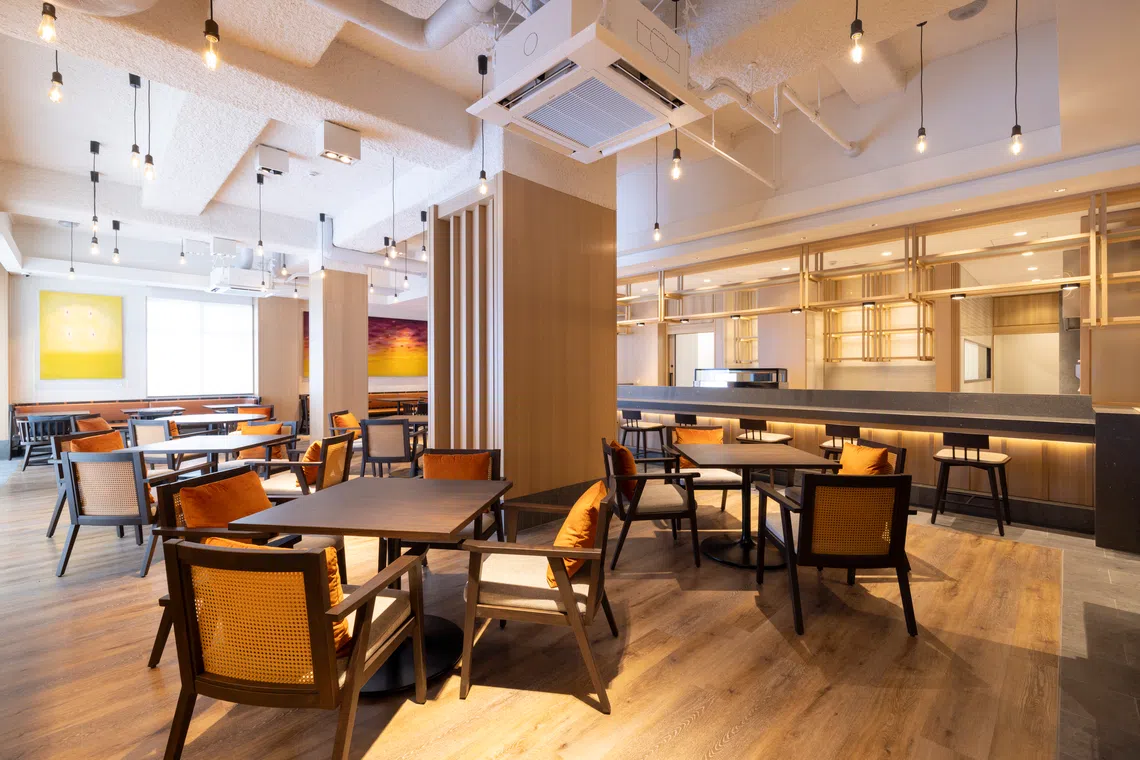
For more sweet treats, Furano Delice (2156-1 Shimogoryo) is a patisserie-cafe where you can find all manner of confections made with locally produced dairy. Think double fromage cheesecake, strawberry shortcake and Mont Blanc tarts – best enjoyed on the sunlit terrace. On your way out, pick up boxes of nama chocolate or baton fromage (cheesecake sticks).
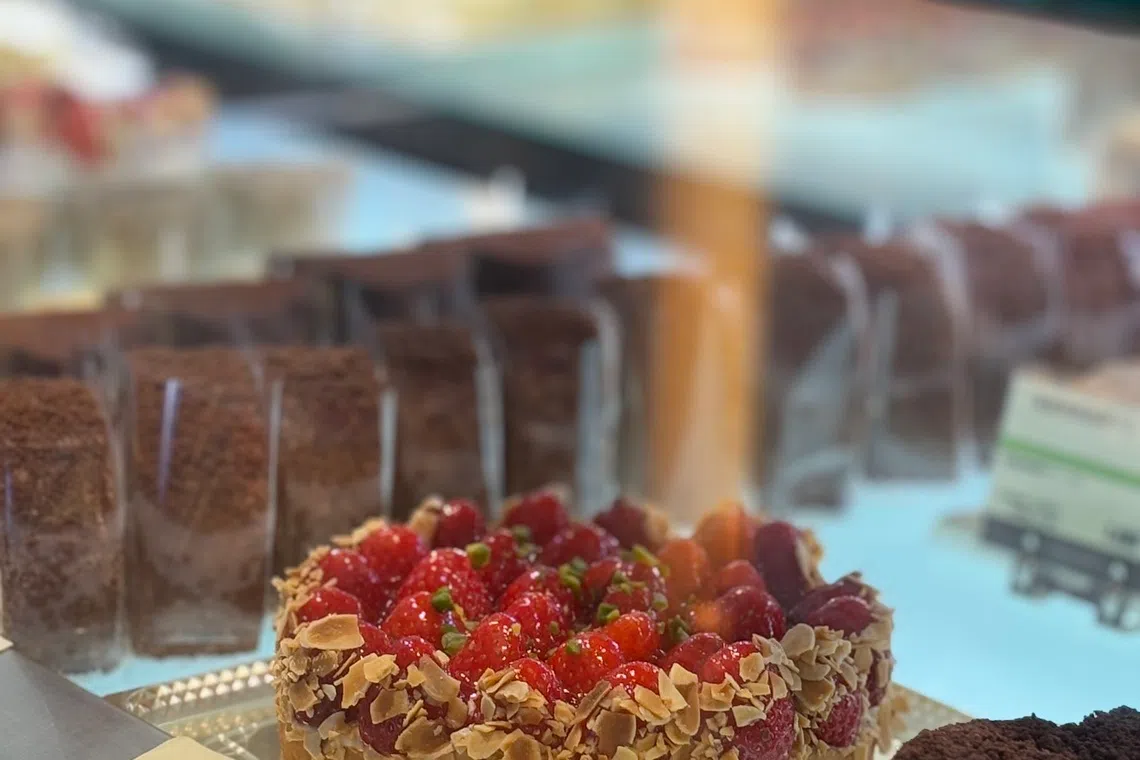
Before leaving the city, stock up on strawberries, potato chips and milk jam at Furano Marche, located downtown. Here, farmers’ markets, cafe-bakeries, and take-out counters are clustered around an open plaza – a great pit-stop to bring a taste of Furano home.
With its stunning slopes, tranquil forests, slow-living traditions and satisfying farm-to-table eats, Furano offers a laid-back getaway that is as soulful as it is scenic.
Where to stay

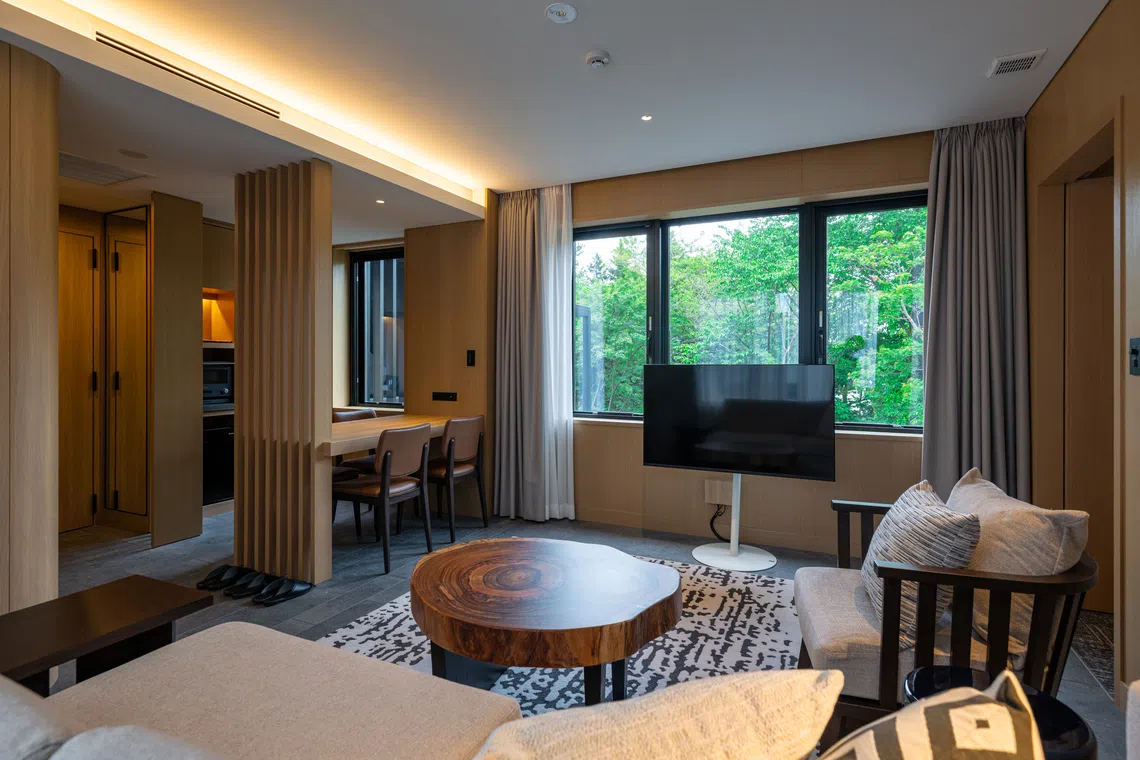
Nozo Hotel is a 78-key boutique retreat tucked between the Yubari and Tokachidake mountain ranges. The property’s bright, wood-accented rooms offer a cosy refuge after a day on the slopes. Skiers are well catered for with dedicated ski lockers for in-house guests.
The hotel’s Sugi Spa is a tranquil sanctuary, featuring indoor and outdoor hot baths, cold plunge pools, and saunas designed to soothe tired muscles. For a nightcap, head to the Buna Bar and Lounge.
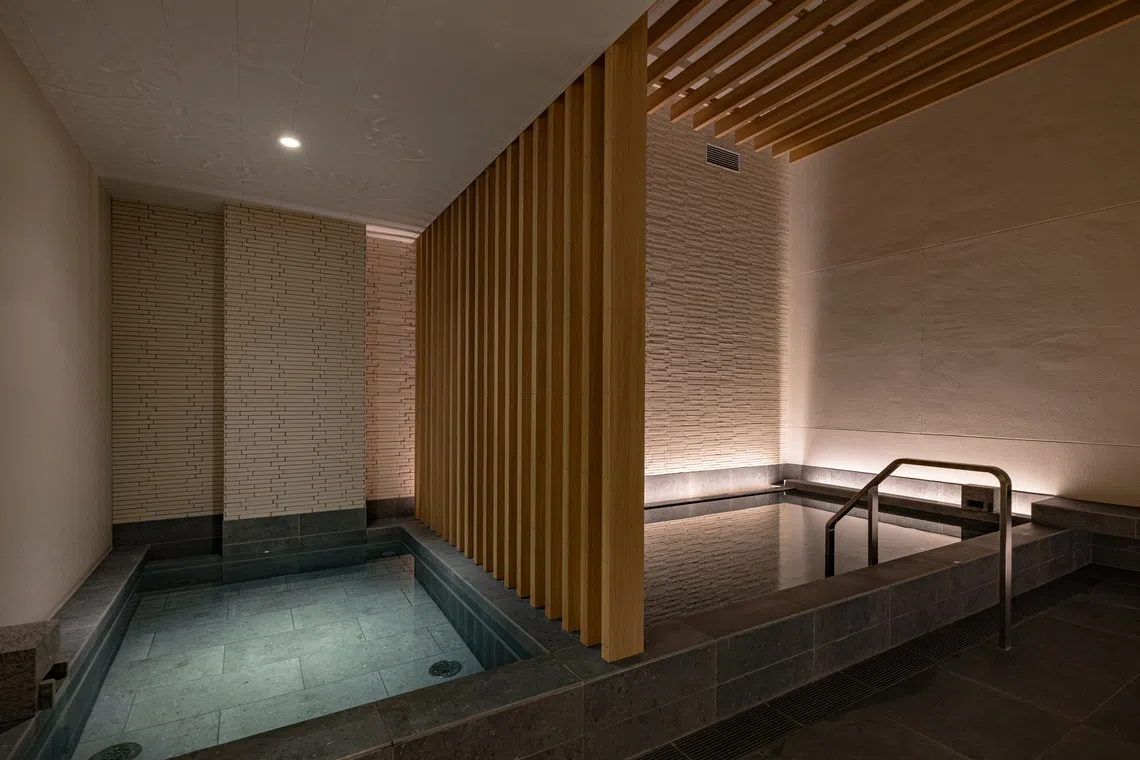
Throughout the year, the hotel is an ideal base from which to explore the picturesque farmland covered in lavender blooms, emerald fields and crystal-clear lakes.
The writer was a guest of Nozo Hotel
Decoding Asia newsletter: your guide to navigating Asia in a new global order. Sign up here to get Decoding Asia newsletter. Delivered to your inbox. Free.
Copyright SPH Media. All rights reserved.




